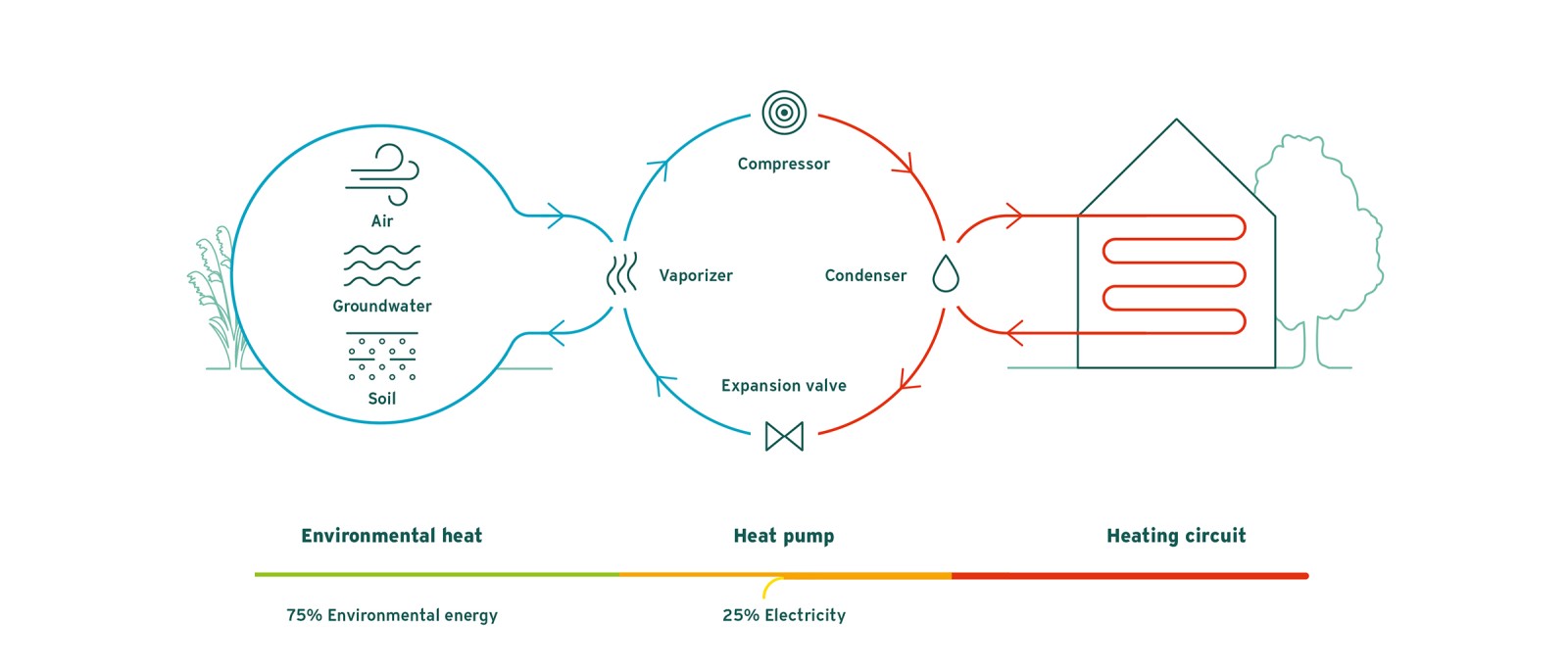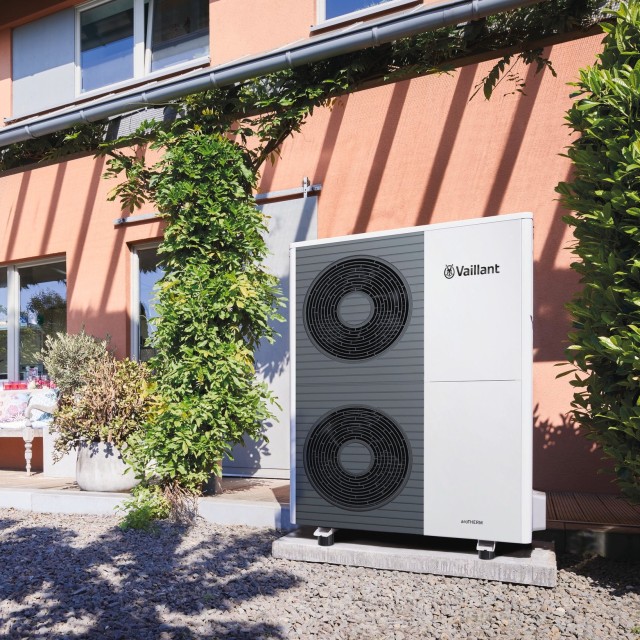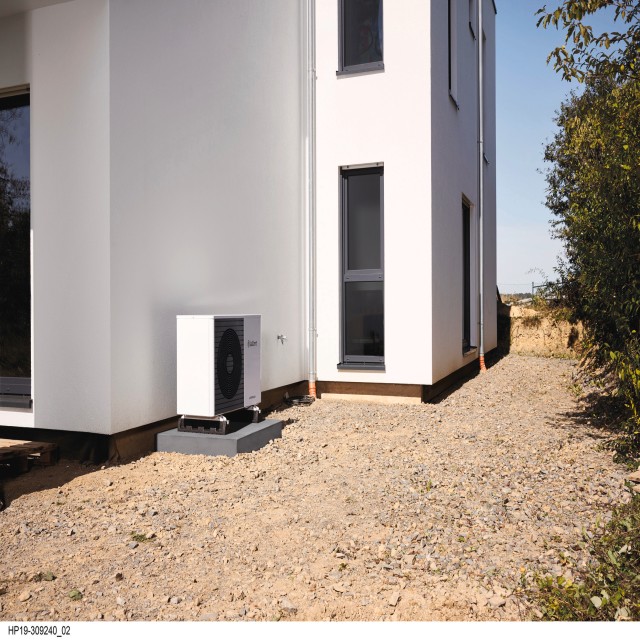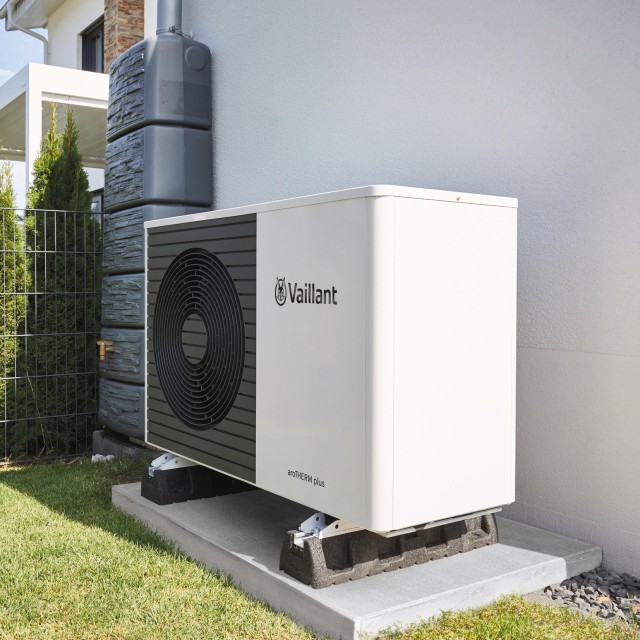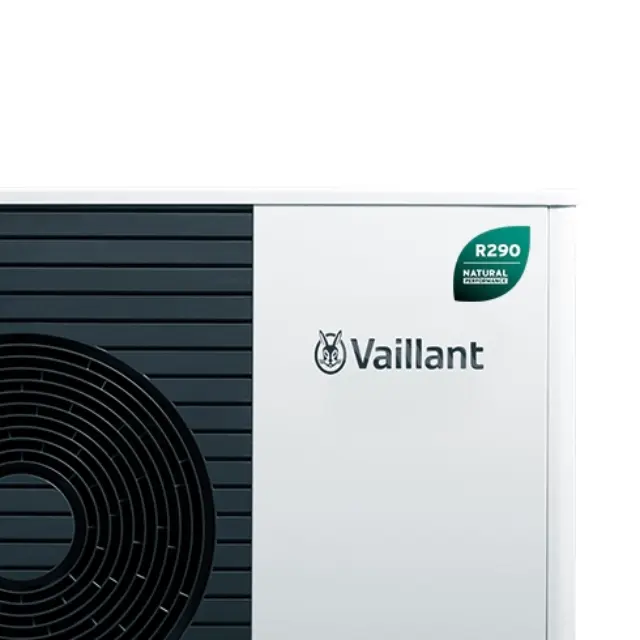Costs
When it comes to installating any type of heating system, the overall cost can depend on a number of factors. These include, the type of heat pump, overall output, and installation cost. According to the Energy Saving Trust, an air source heat pumps can cost between £14,000 to install.
You can get support with the cost of installing a heat pump through the government’s Boiler Upgrade Scheme (BUS) where you can receive a grant of up to £7,500. This is applied for through your MCS installer (Microgeneration Certification Scheme) and will be deducted from your overall bill.
When you've had your heat pump installed, you should notice a reduction in your energy bills as because heat pumps use electricty to operate, it should bring your gas usage down.
Efficiency
Regardless of which type of heat pump is installed, the energy efficiency is similar, with 75% of the total energy coming directly from the existing heat source. The remaining 25% of energy is drawn from your home's electricity supply. This means that 75% of the energy you use to heat your home and hot water will come from a renewable source. Heat pumps can also be paired with pre-existing renewable technologies for greater efficiency.
Heat source
One of the key differences between the three types of heat pump is the heat source that they draw from. As the names suggest, this is drawn from the air, the ground or a water source. Which type of heat pump is most suitable for you may greatly depend on the amount of space or land you have available. We’ll look at this in more detail below.



